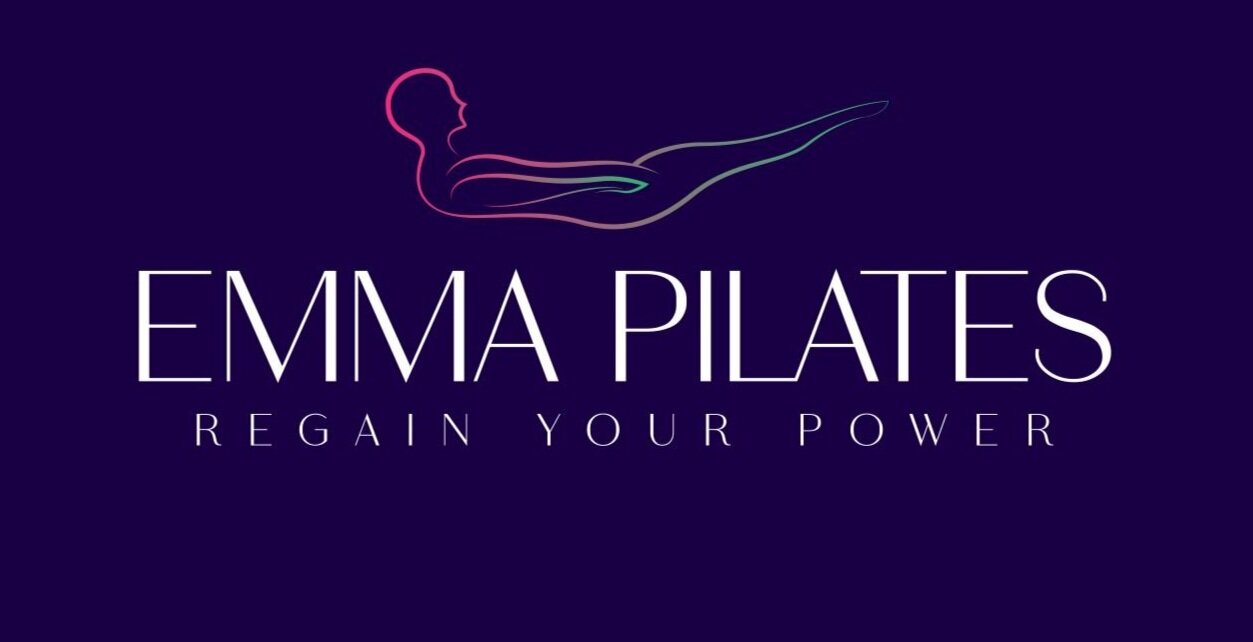A useful message to young men!
Offered the chance to attend a pilates class the average British male is likely to look blank, frown and retreat asap to his gaming console, ‘No thanks – not really my thing!’ Most youngish men think they prefer the glum cool of a utilitarian gym, if any exercise at all. The idea of watching the precision of each movement let alone being mindful of their breath, is enough for them to glaze over, zombie-like.
No, when it comes to fitness, the modern man will usually opt to stay lifting - conspicuously eyeing himself in a distant mirror while comparing the girth of his neck to the other men all doing the same thing. Their minds wrongly of the opinion that, ‘Pilates is for women and/or old people over 50.’ In his home it’s definitely his mum or possibly his girlfriend who’s in charge of any lycra leggings.
Our modern perception of Pilates is as a middle-class, faddish, female eccentricity, hatched by a man to make women more look better. But this modern image of Pilates is totally backwards. The truth is quite the opposite as the real origin of Pilates is almost cartoonishly butch!
In order to reclaim some ground, let’s first make sure to get our terminology right. The contemporary term ‘Pilates’ is just an eponym after its founder Joseph Pilates (1883-1967). The original name he gave to the activity was in fact, ‘Contrology,’ emphasising the need to be very much in control of the movement from beginning to end and the breath. Joseph himself, as a young man, was a keen boxer, gymnast and circus performer; an athletic individual with a world class Greek gymnast for a father, and a German naturopath for a mother.
He incorporated elements from both his parents’ disciplines into a whole-body system for the well-being of the mind and soul. Joseph Pilates came up with his system of Contrology while interned in Lancaster Prison (and later on The Isle of Man) during the First World War thanks to his German heritage. He created it as a health regimen to prevent his circus troop colleagues suffering physical and mental decline. And from the beginning, playing the ultimate MacGyver, he used bed springs and pulleys to create resistance machines using prison beds ( the first Reformers), along with floor exercises which could be practised in their cells.
Was it designed with a feminine slant - absolutely not! Pilates worked with and was heavily influenced by Eugen Sandow (1867-1925) - the first aesthetic strong man and father of modern bodybuilding. They were both reverent of the physical ideals pursued by the Ancient Greeks and Roman in sculptures and art.[1]
Pilates and Sandow each borrowed from antiquity, judging the modern world with its convenience as damaging to the male physique. They used the aesthetic types of Classical sculptures which worshipped the divinity of the body, and sought to emulate it anatomically via their systems of physical exercise.[2]
‘Our interpretation of physical fitness is the attainment and maintenance of a uniformly developed body with a sound mind fully capable of naturally, easily, and satisfactorily performing our many and varied daily tasks with spontaneous zest and pleasure.’ [3]
Pilates and Sandow were products of the ‘Physical Culturist’ movement; a diverse group of 19th century European athletic subcultures which centred around three disciplines: Bodybuilding, Gymnastics and the Somatic.[4] Physical culture developed into a commercial enterprise when it migrated from northern Europe into the United States during the 1920’s.[5] The original European practitioners also produced an artistic movement, with poets, sculptors, writers and artists who expressed their national cultures into an array of esoteric art forms focused on the perfection of the body and mind.[6] This broad array of cultures helps to explain why pilates is so multifaceted and varied, contributing to overall strength, hypertrophic training and mental discipline.
Pilates is an excellent idea for young men wanting to compliment their existing training programs, whether they are dedicated to cardiovascular intensive sports, or dedicated to weight lifting for muscle mass. Pilates allows for greater flexibility, longevity, and stability to add to those gains made with your push-pull split. In the words of Joseph Pilates, ‘Act like an animal!’[7]
____________________________________________________________
[1] E. Sandow. (1894) Sandow on Physical Training: A Study in the Perfect Type of the Human Form.
(Available at: https://physicalculturestudy.com/2021/08/27/sandow-as-a-strongman-in-holland-1894-2/)
[2] K. Cleveland. (2017) Eugene Sandow's “Grecian Ideal" and the Birth of Modern Body-Building. [Available at: https://www.apsu.edu/philomathes/ClevelandPhilomathes2.12018Online.pdf]
[3] Apollo Sports Society. (2024) Eugene Sandow: The Legendary Father of Bodybuilding.[Available at: https://www.apolloimperium.com/article/eugen-sandow-father-of-bodybuilding]
[4] J. Pilates. (1945) Return To Life: Through Contrology. [Available at: https://babel.hathitrust.org/cgi/pt?id=mdp.39015038069475&seq=7]
[5] Polestar Pilates (2022) Rare Interview With Joseph Pilates: Part 2. [Available at: https://www.polestarpilates.edu.au/rare-interview-with-joseph-pilates-1934-part-2/)
[6] Movement Health. (2018) Joseph Pilates and the Physical Culture Movement. [Available at: https://www.movementhealth.com.au/news/joseph-pilates-and-the-physical-culture-movement/]
[7] R. Wernick. (1962) Keep in Shape: Act Like an Animal! [Available at:https://www.pilates.org.au/joseph-pilates-act-like-an-animal/]
